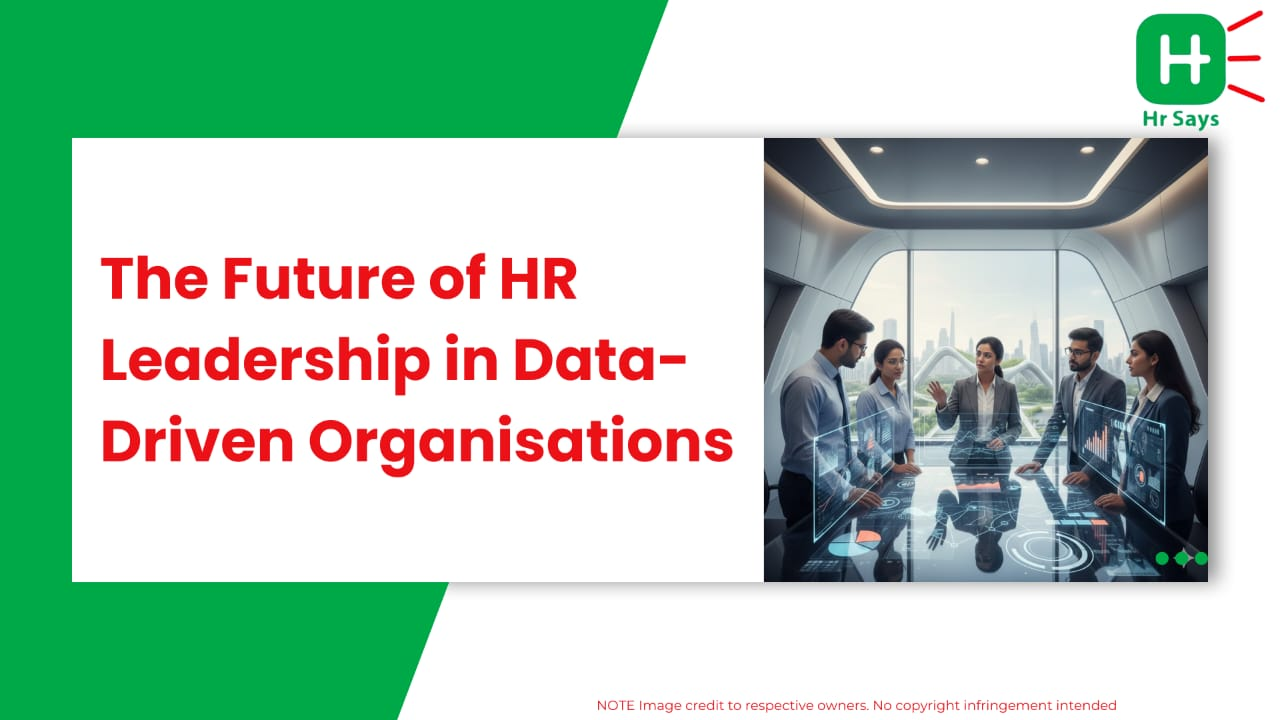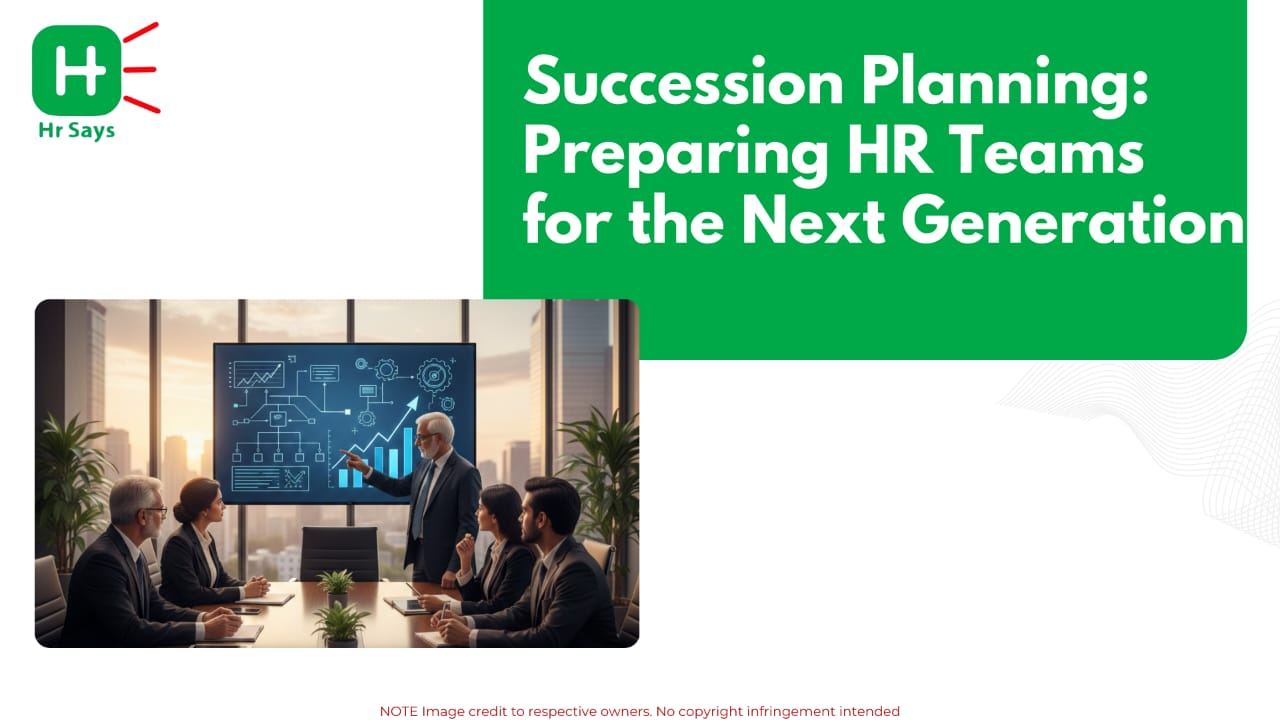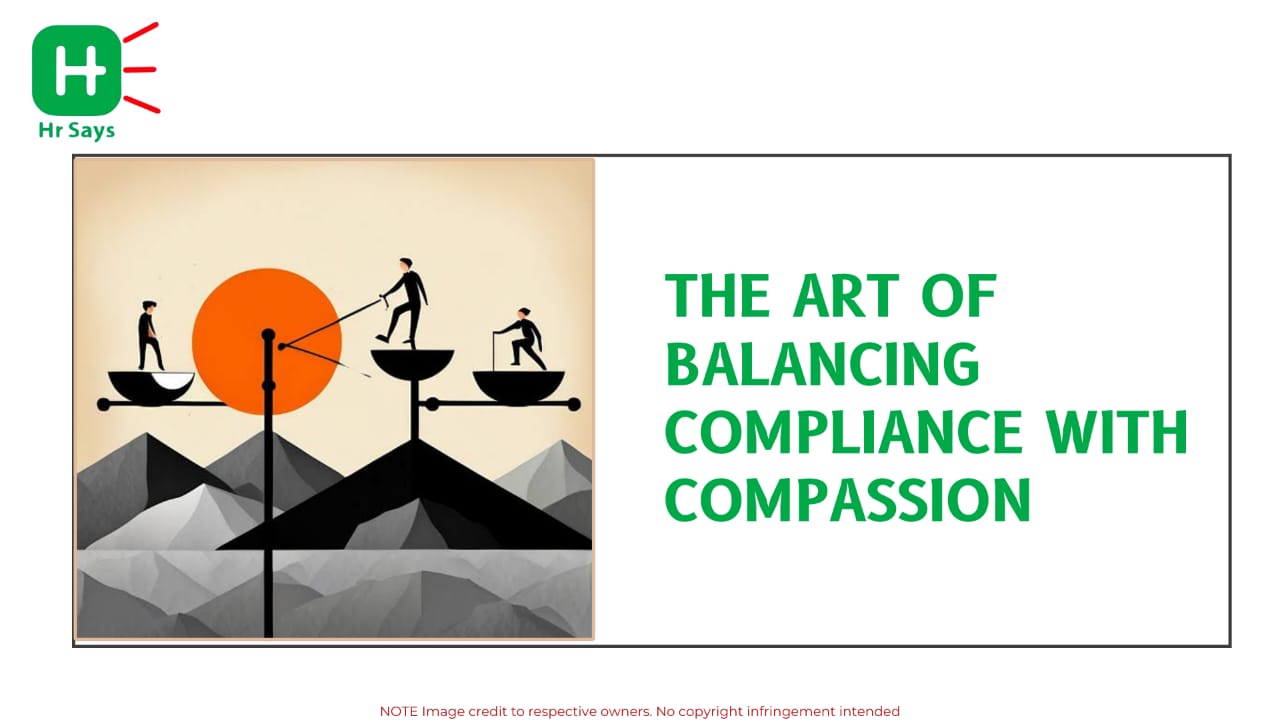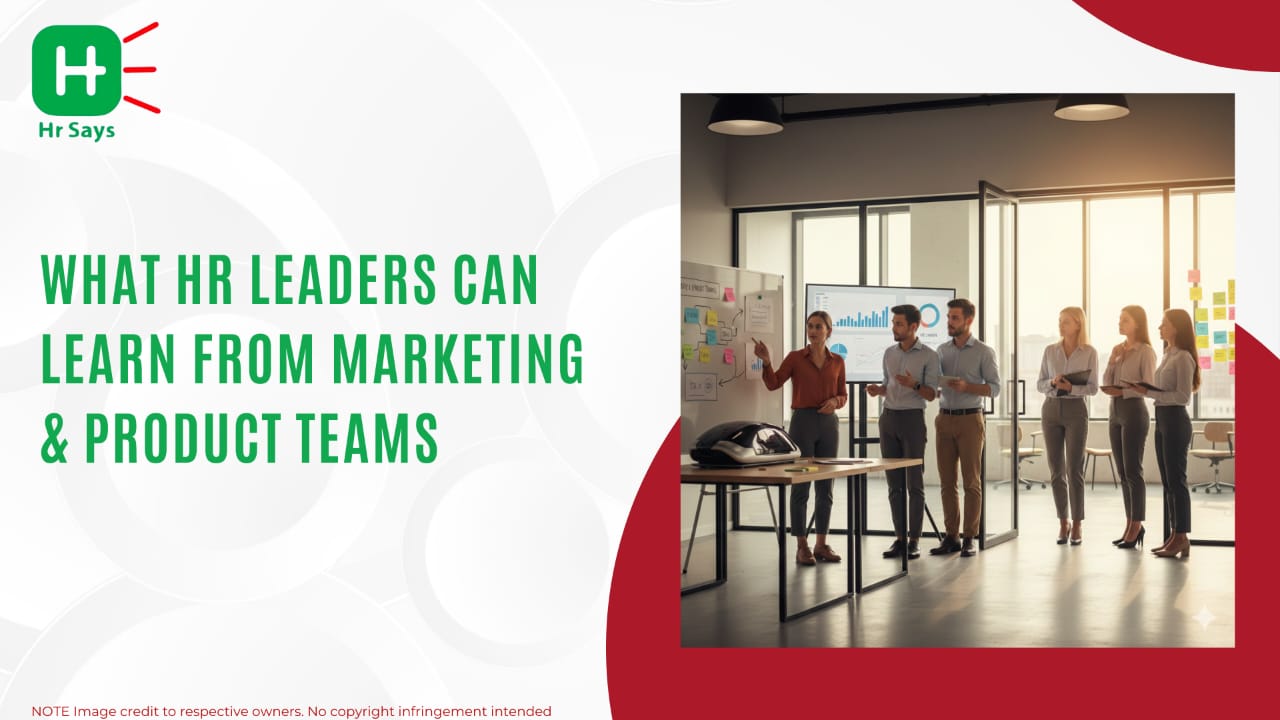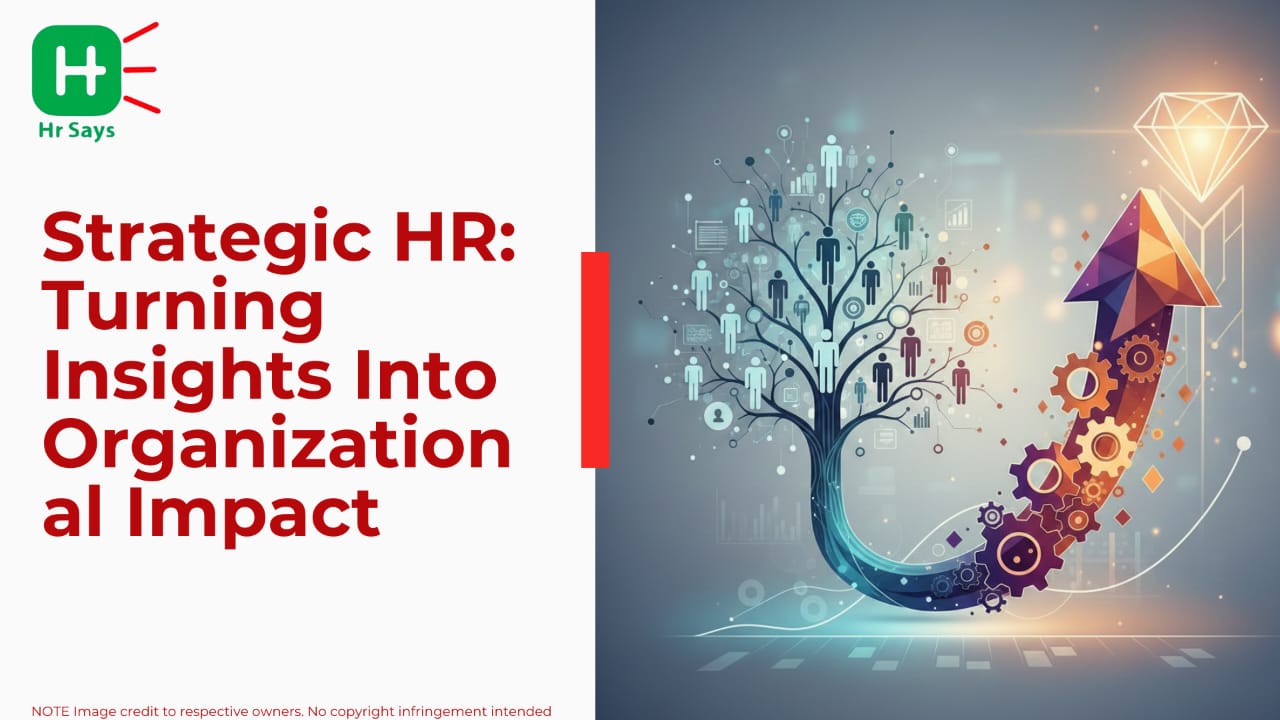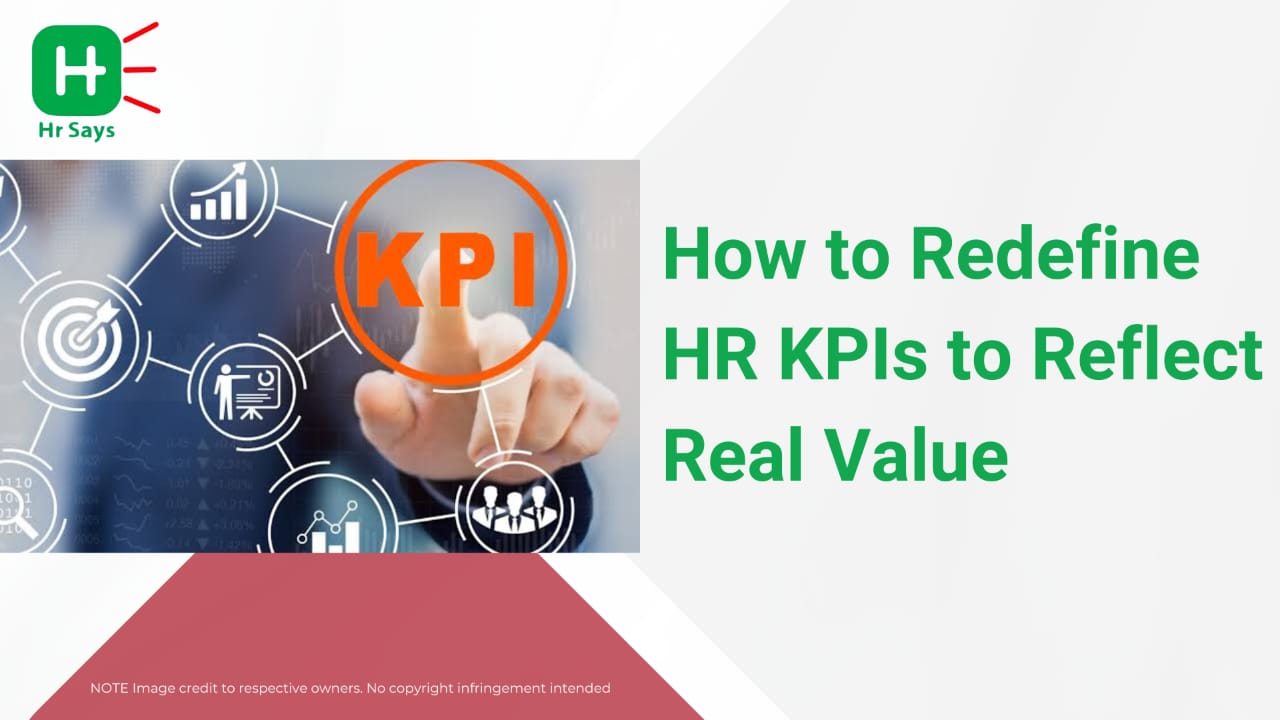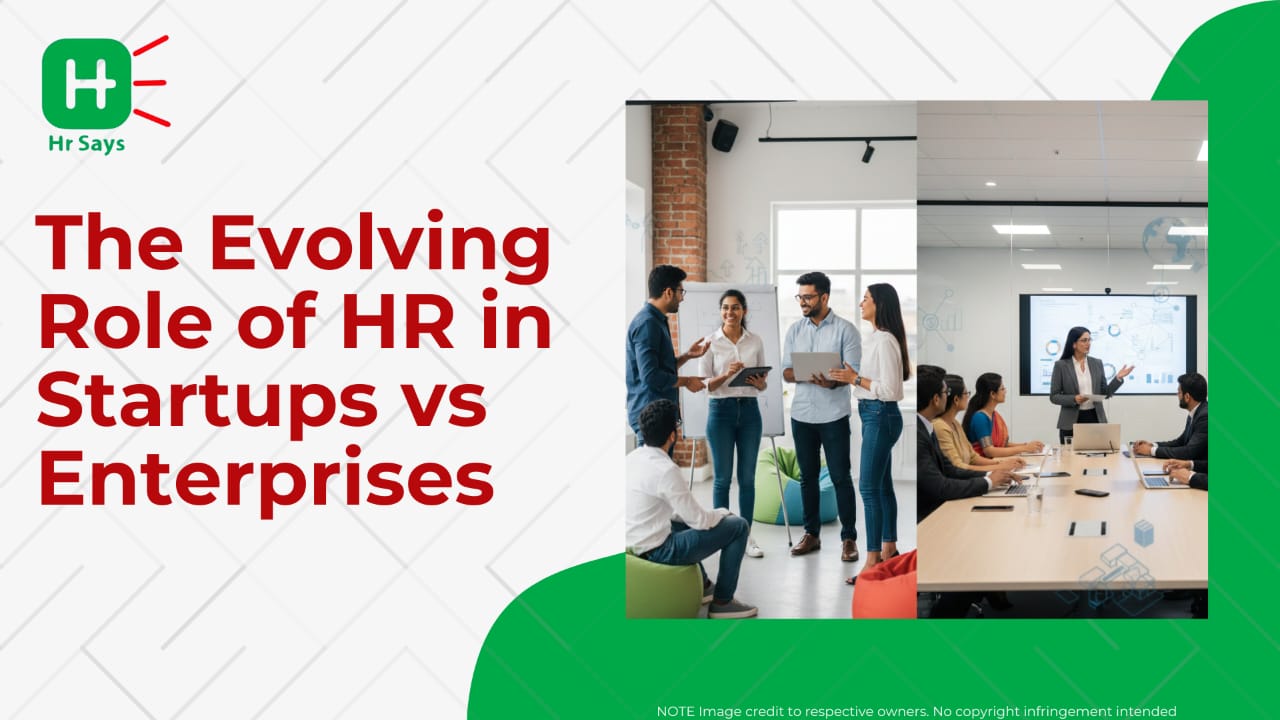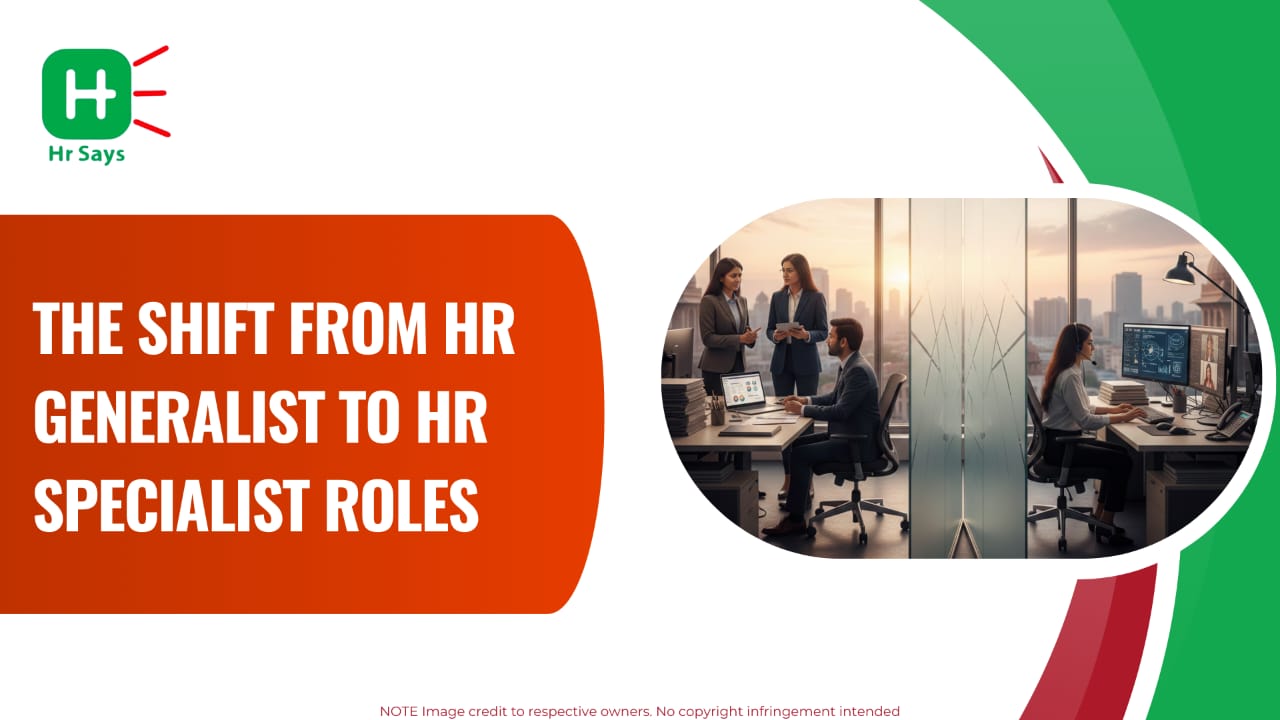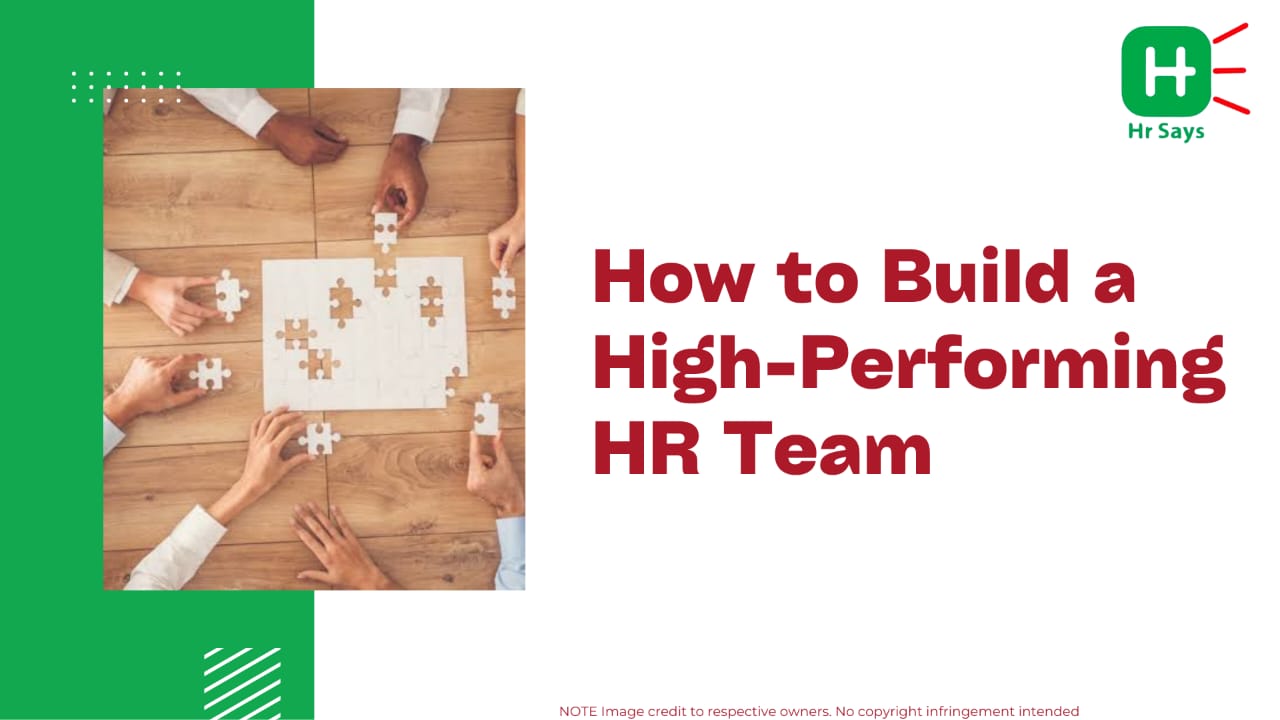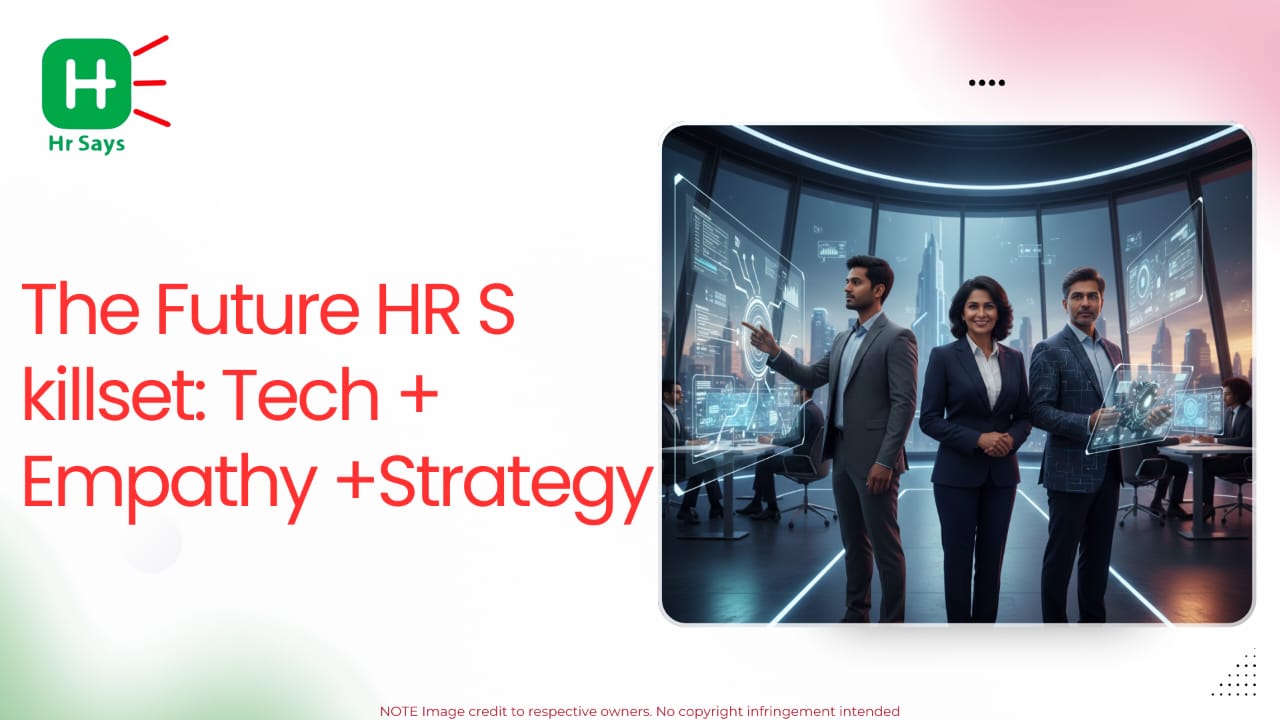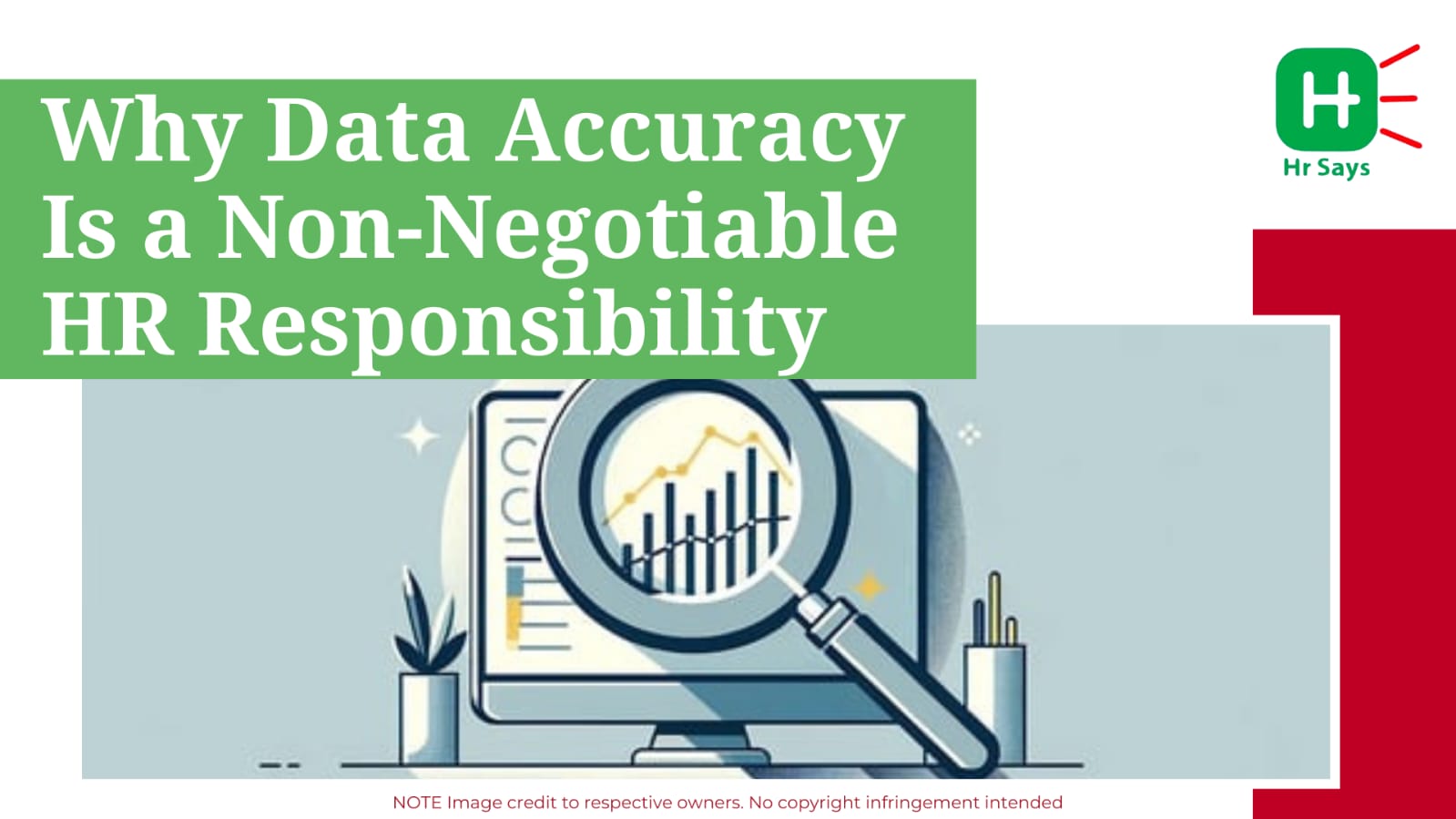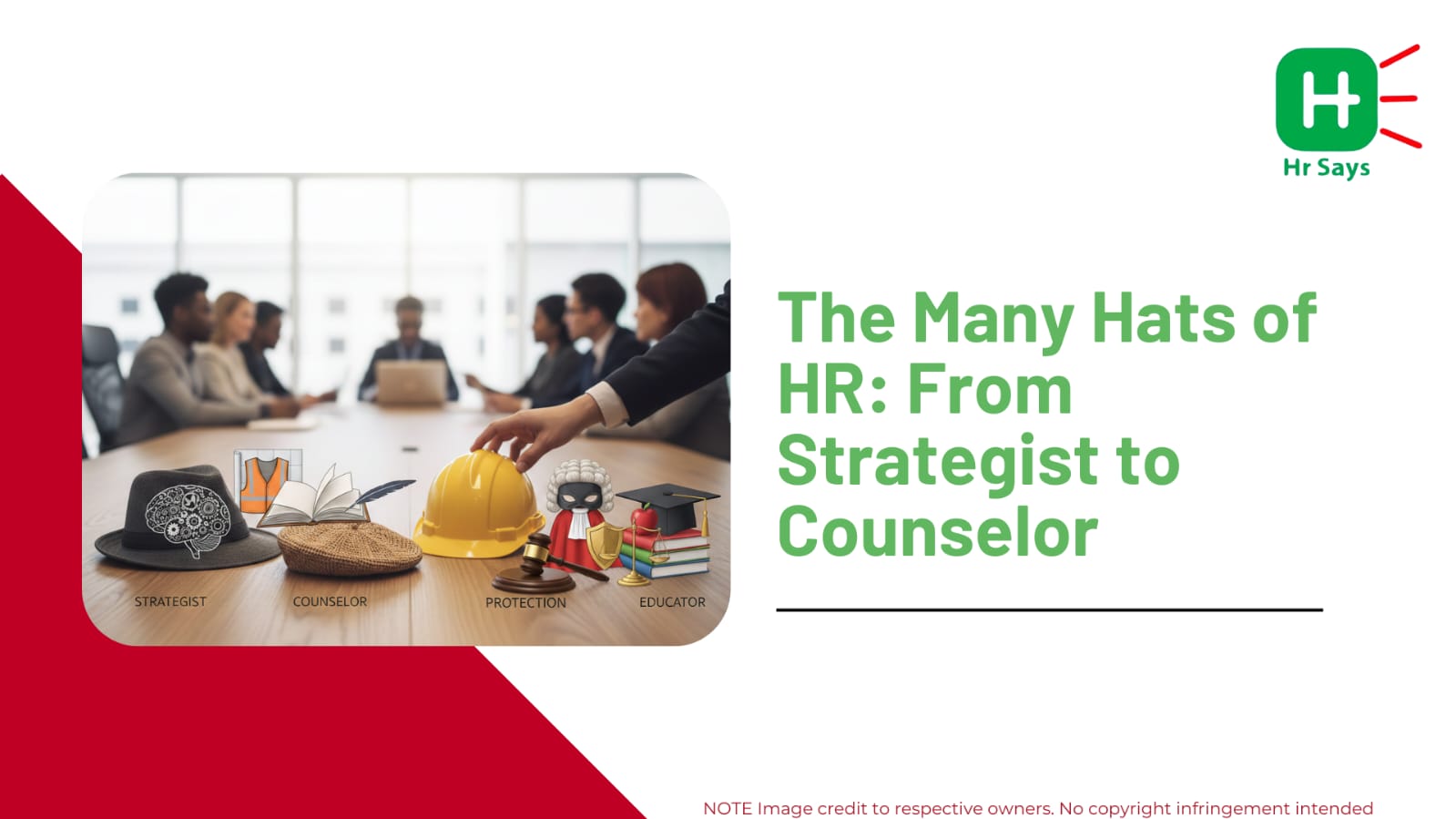What workplace is really sustainable? It is not only about saving lights and recycling bins but people. Human Resources is an important component in achieving sustainability, influencing the policies, and developing a culture where a culture of green practices flourishes spontaneously.
The Evolving Role of HR in Green Transformation
A green place to work is a business requirement and no more a tight extra. HR functions are no longer about conventional payroll and hiring. They are starting to be major players in sustainability planning and implementation.
HR professionals influence the manner in which organizations behave spaciously, in front of eco-conscious values as well as green regulations to HRM (Human Resource Management). They contribute to the incorporation of environmental objectives into everyday operations and make the company make sustainability part of its DNA.
Integrating Sustainability into HR Policies
Sustainability starts with smart HR strategies. It’s reflected in how employees are hired, trained, and managed. HR’s sustainability strategies may include:
● Eco-friendly recruitment: Encouraging remote interviews and paperless onboarding.
● Green training programs: Educating employees on waste reduction and resource conservation.
● Sustainable employee benefits: Promoting carpooling, public transport, or work-from-home options.
● Performance evaluations: Linking sustainability targets with employee appraisals.
When HR policies are aligned with environmental goals, they influence every level of the organization—from leadership to entry-level employees.
Building a Green Workplace Culture
Creating a sustainable workplace isn’t only about infrastructure; it’s about mindset. HR acts as the bridge between sustainability initiatives and employee behavior. By fostering a green culture, HR can:
● Encourage accountability through sustainability committees.
● Celebrate eco-friendly milestones and employee initiatives.
● Integrate sustainability in corporate events and internal communications.
● Promote environmental volunteering and community outreach programs.
This people-centric approach helps sustainability evolve from being a corporate trend into a daily habit.
Training and Employee Engagement for Sustainability
How do you ensure employees stay committed to sustainability? The answer lies in education and involvement. HR can design targeted workshops, training modules, and internal challenges to keep the message alive. Interactive learning methods, such as gamified sustainability programs or “Green Fridays,” make environmental awareness engaging. By involving employees in goal-setting and progress tracking, HR ensures participation feels purposeful rather than imposed.
The Impact of HR on Long-Term Sustainability Goals
Sustainability is a long journey. HR ensures consistency by embedding environmental responsibility into long-term planning. It monitors progress, reports outcomes, and motivates teams to stay aligned with green targets. Moreover, HR supports leadership in communicating sustainability goals transparently, reinforcing trust among employees and stakeholders. This partnership ensures that green workplace initiatives remain authentic and effective, not just a branding exercise.
Conclusion
HR is no longer a silent department in the sustainability dialogue. Its influence extends to shaping habits, behaviors, and policies that make organizations greener from the inside out. When HR takes the lead in promoting eco-conscious values, the workplace naturally evolves into a space where sustainability is lived, not just discussed.
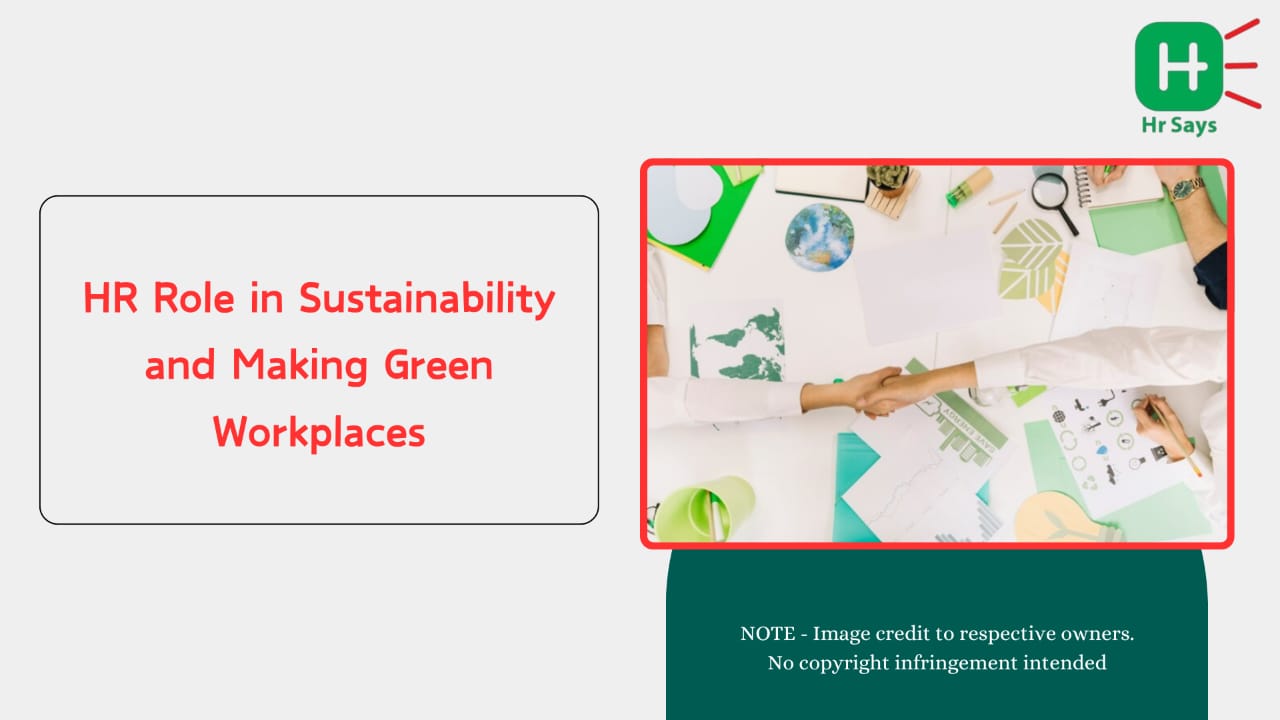
 This blog explores how HR drives sustainability by integrating green policies, promoting employee engagement, and fostering a lasting eco-friendly workplace culture that supports both people and the planet.
This blog explores how HR drives sustainability by integrating green policies, promoting employee engagement, and fostering a lasting eco-friendly workplace culture that supports both people and the planet.








